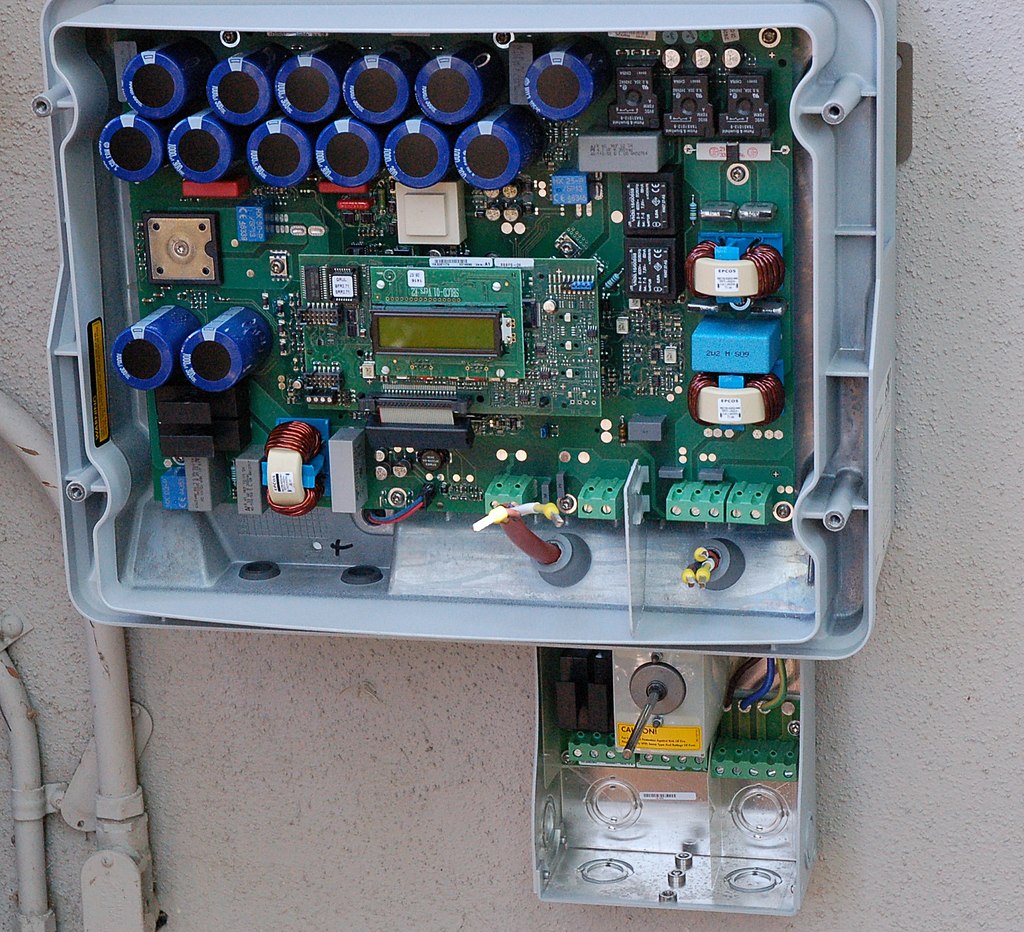Researchers from Hassan II University in Morocco have created a new methodology for continuous monitoring of the durability and reliability of PV inverters in semi-arid climate scenarios, where the yearly failure rate is considerable.
The proposed approach consists of comparing the measured output with the predicted normal operating output of the PV systems.
Their analysis was conducted on three different south-oriented PV systems, with capacities of 7.2 kW, 16.5 kW, and 22.2 kW, at the Green Energy Park, a platform for testing, research and innovation in solar and renewable energies in Ben Guerir, central Morocco. The first system was based on copper indium gallium selenide (CIGS) modules, while the other two installations utilized unspecified monocrystalline PV module technologies, with all systems being connected to inverters monitored through a PV string monitoring unit.
The outdoor test facility utilizes a data acquisition system that records electrical parameters such as AC and DC power, current, voltage and frequency, with data loggers being interconnected to each system and a sampling time of two minutes. The study's dataset includes data from January 2018 to August 2023
For their assessment, the researchers analyzed three inverter models with the aim of identifying which of them most accurately reflects measured inverter AC output power: the Sandia PV Array Performance Model developed by the US Department of Energy's Sandia National Laboratories; PVWatts, which is a popular web application for estimating the energy production of a grid-connected photovoltaic (PV) system developed by the National Renewable Energy Laboratory (NREL); and Driesse, which was also developed at Sandia.
The analysis revealed that the Sandia PV Array Performance Model showed the lowest root mean square error (RMSE), which implies the mean prediction errors were also lower, according to the researchers. “Moreover, the Sandia model's coefficient of determination (R2) was exceedingly high, approaching 1, indicating a robust correlation with the measured AC power,” they further explained. “Overall, this comparative analysis shows unequivocally that the Sandia model outperforms the others in forecasting photovoltaic inverter performance, with lower error measures and higher R2 values.”
The measurements also showed that, over the 5-year period, the 7.2 kW, 16.5 kW, and 22.2 kW systems had a weighted efficiency drop of 3.96%, 0.63%, and 1.29%, respectively. “These findings have implications for comprehensive maintenance strategies, including regular inspections, safety protocols, and remote monitoring solutions,” the research group stated.
The proposed approach was presented in the study “Assessing PV inverter efficiency degradation under semi-arid conditions: A case study in Morocco,” which was recently published in Heliyon. “This research is more suitable for the analysis of failures in general,” the academics concluded. “Such approaches are worth exploring to detect thermal stress, fouling, humidity, corrosion, electrical stress and component aging.”
This content is protected by copyright and may not be reused. If you want to cooperate with us and would like to reuse some of our content, please contact: editors@pv-magazine.com.




By submitting this form you agree to pv magazine using your data for the purposes of publishing your comment.
Your personal data will only be disclosed or otherwise transmitted to third parties for the purposes of spam filtering or if this is necessary for technical maintenance of the website. Any other transfer to third parties will not take place unless this is justified on the basis of applicable data protection regulations or if pv magazine is legally obliged to do so.
You may revoke this consent at any time with effect for the future, in which case your personal data will be deleted immediately. Otherwise, your data will be deleted if pv magazine has processed your request or the purpose of data storage is fulfilled.
Further information on data privacy can be found in our Data Protection Policy.